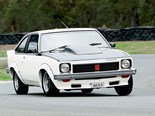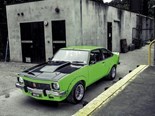Holden Torana A9X and Ford Falcon XC Cobra
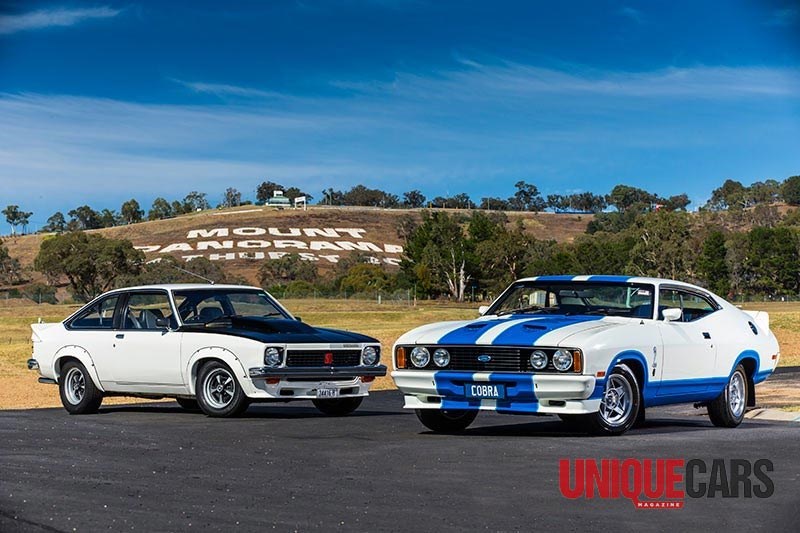

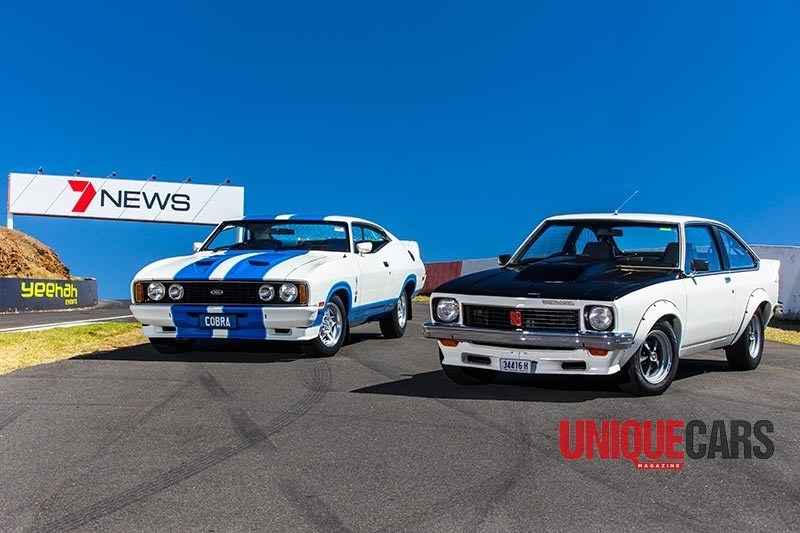




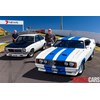
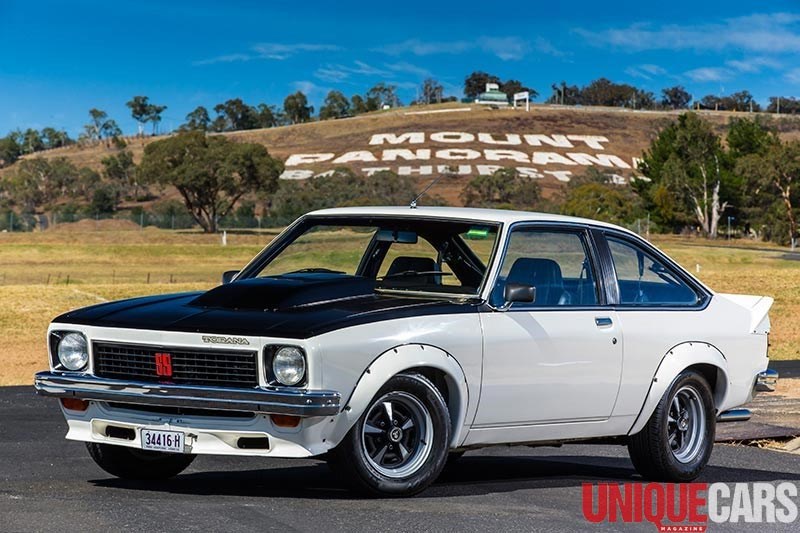

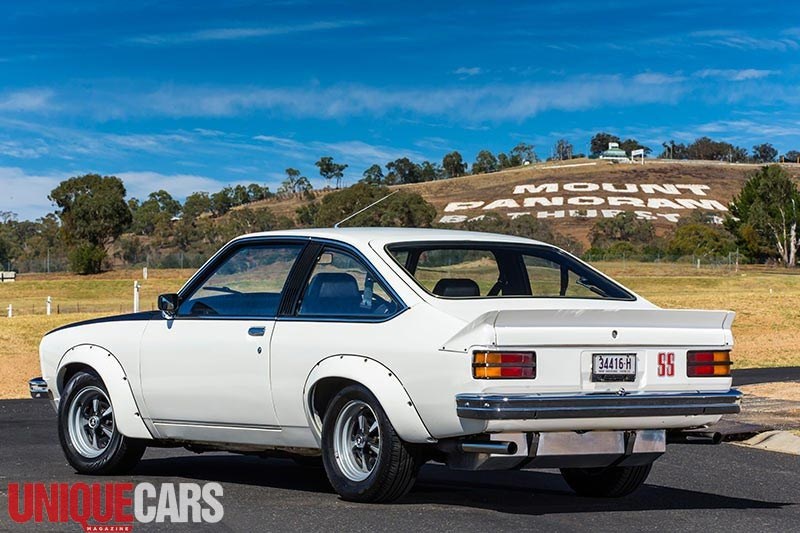

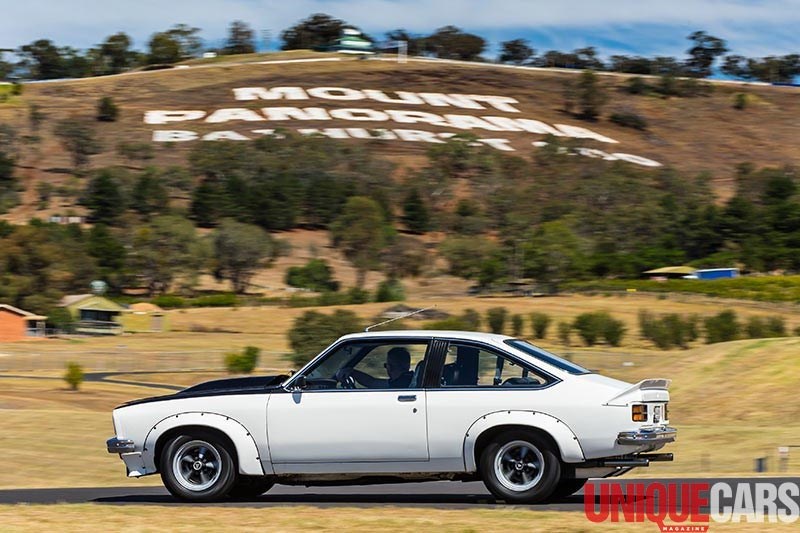


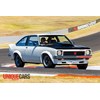
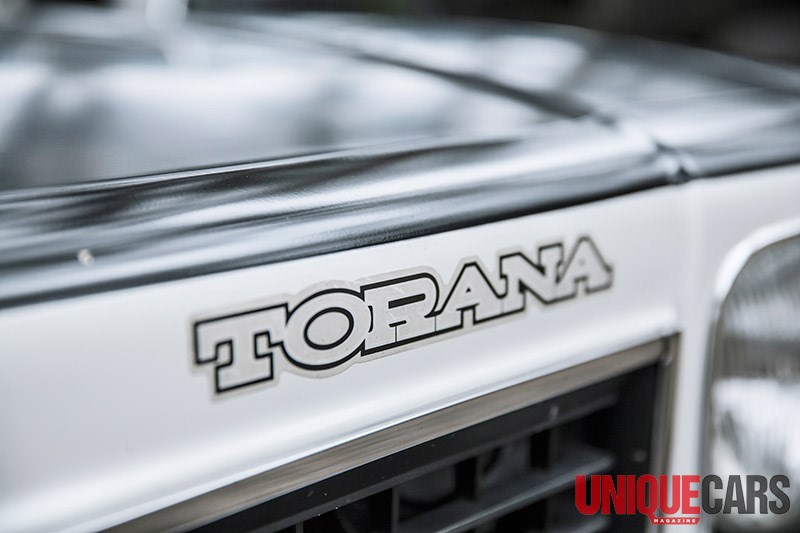

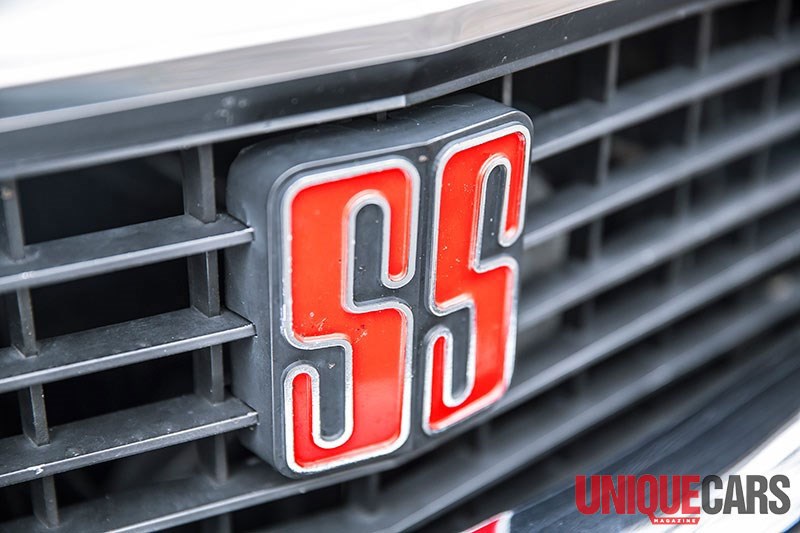

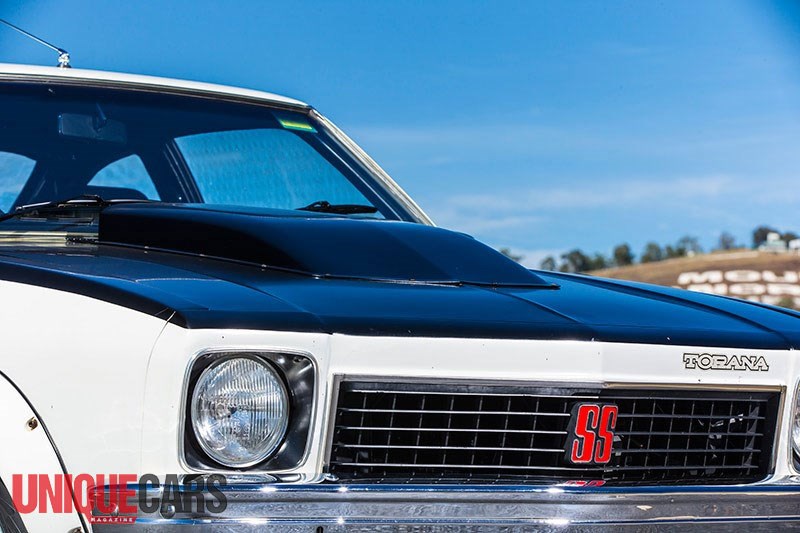

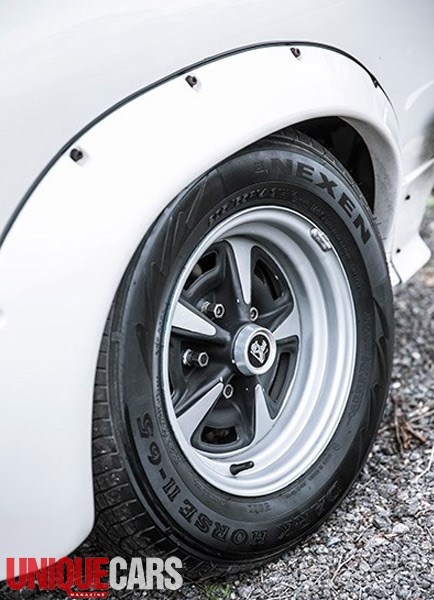

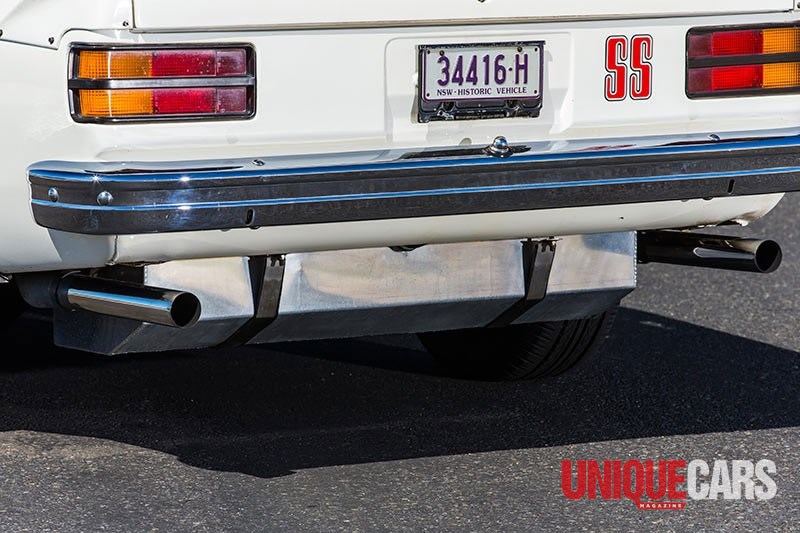

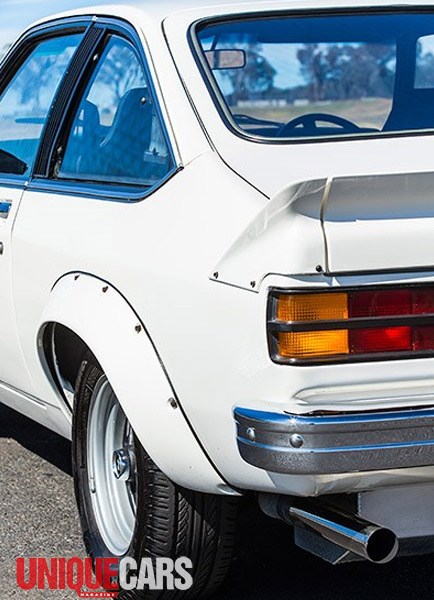


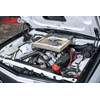
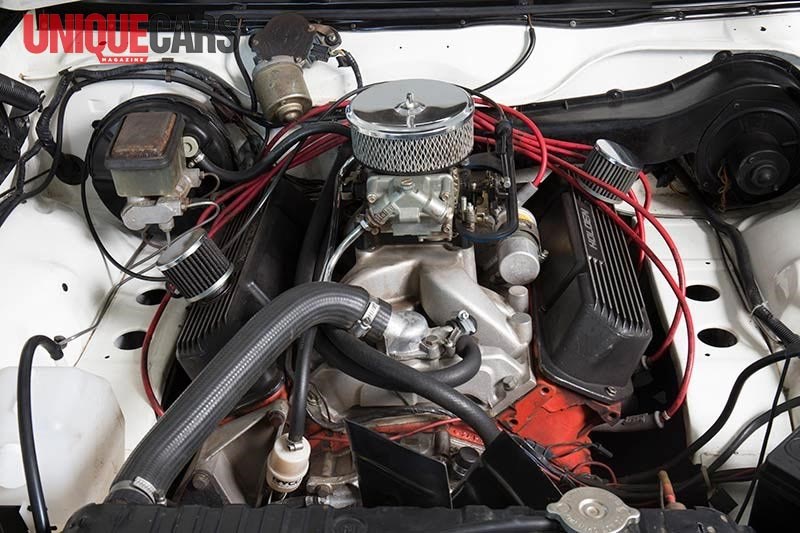



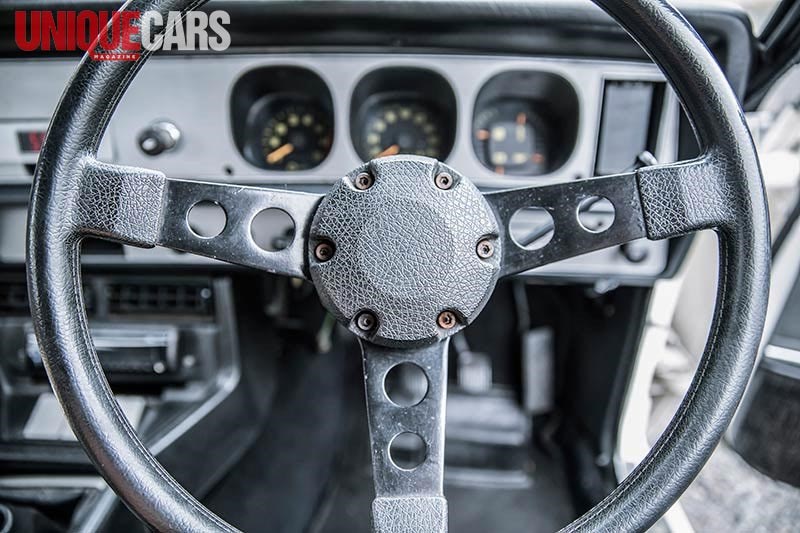

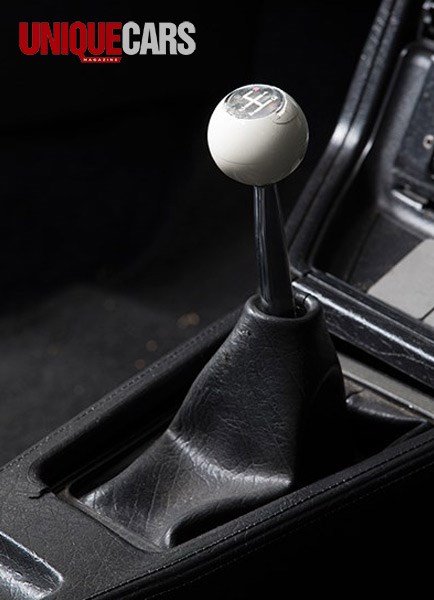



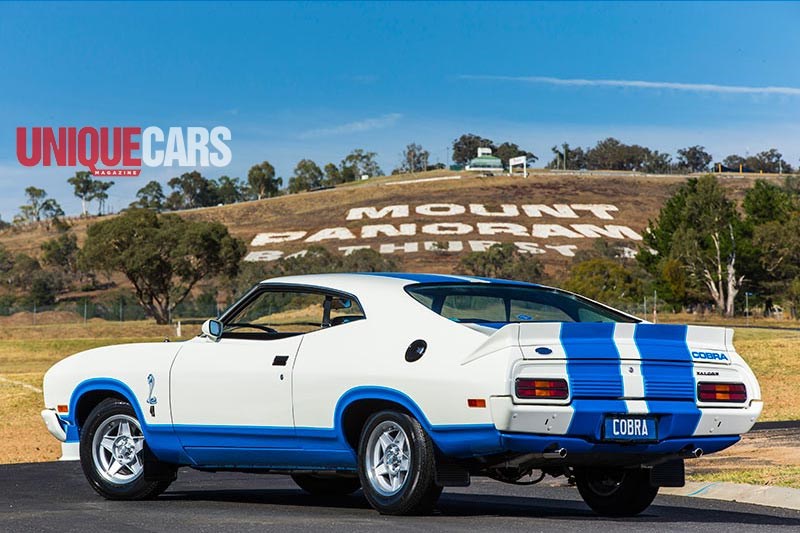

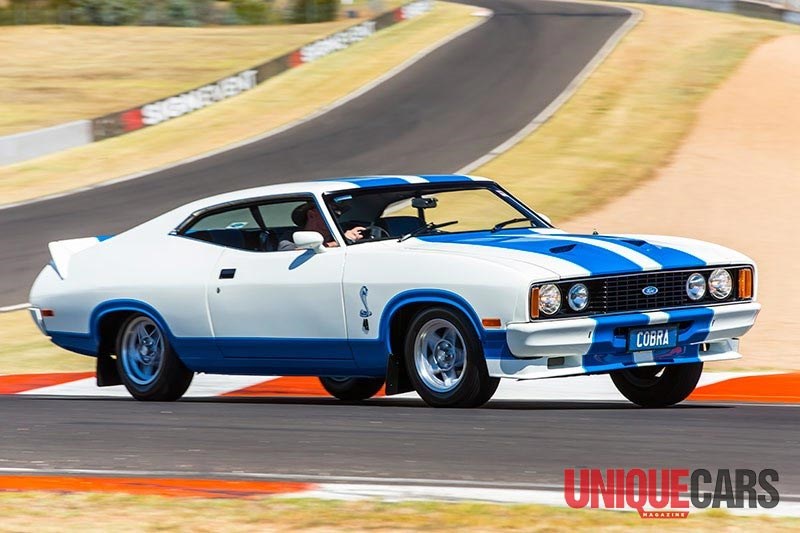

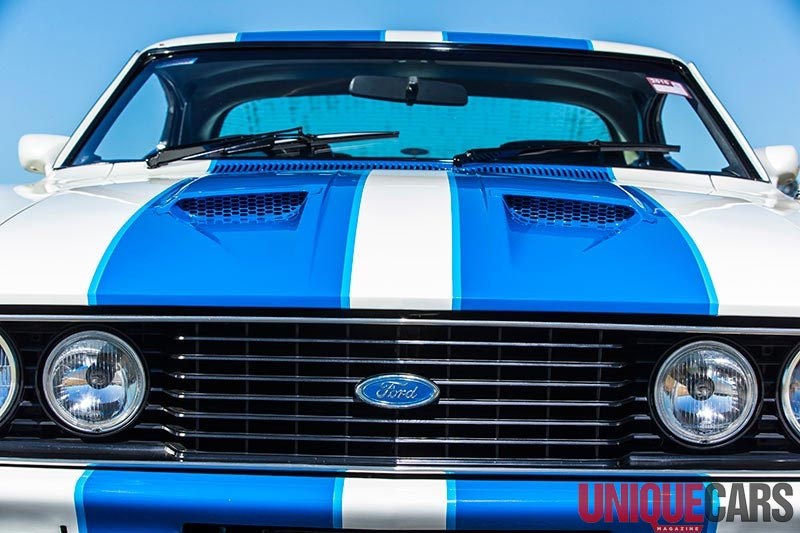

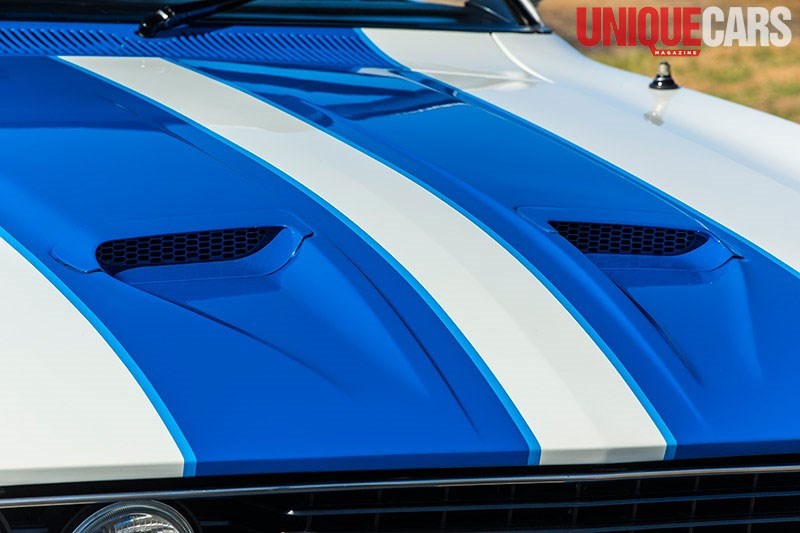


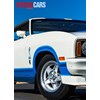
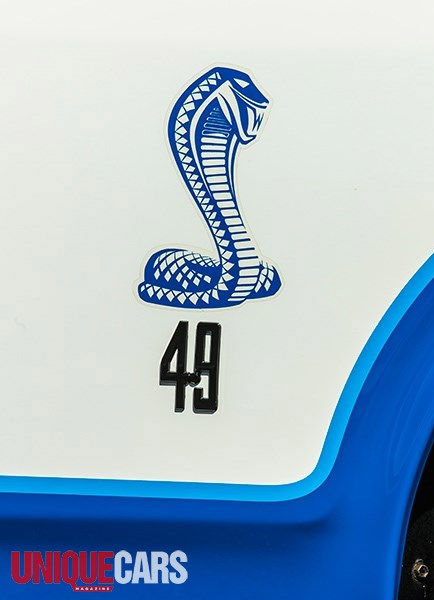

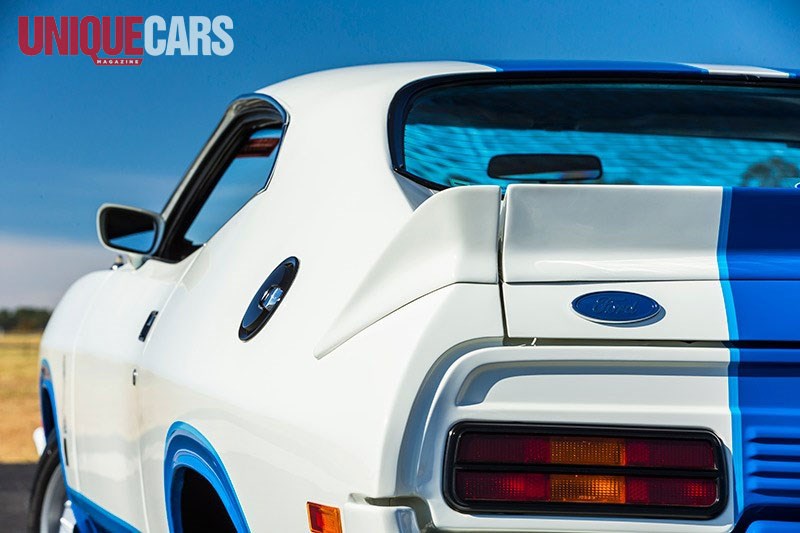

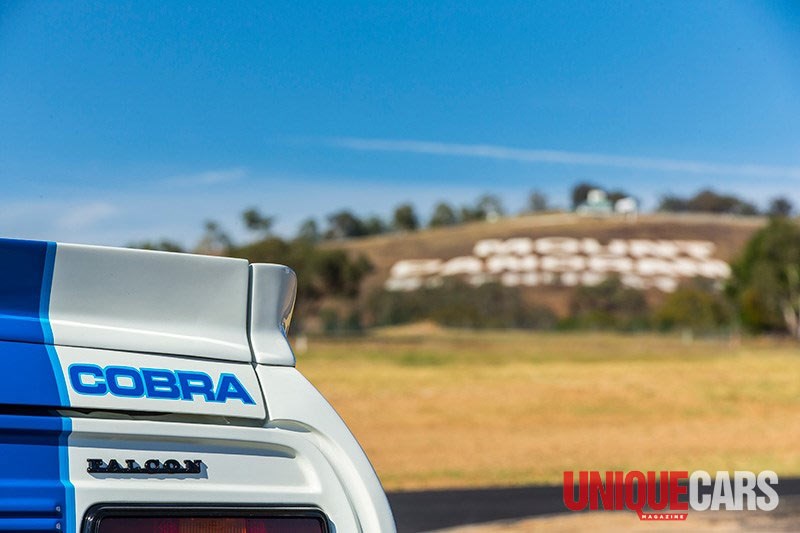



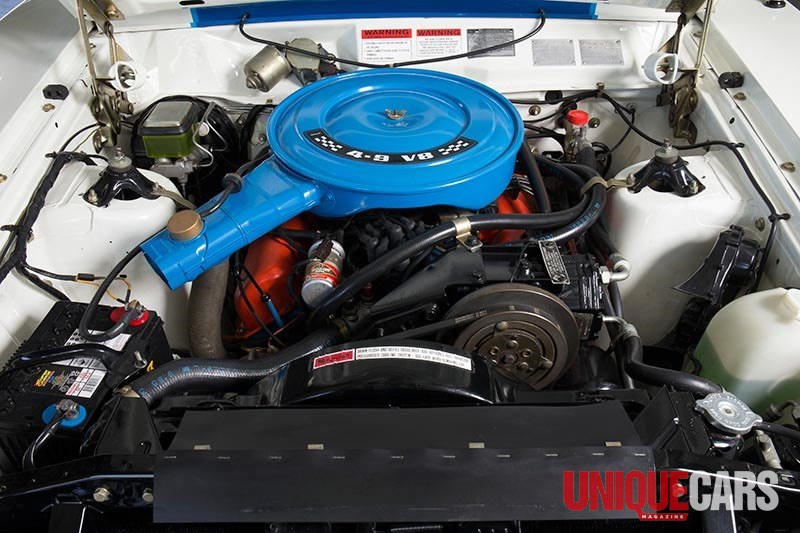

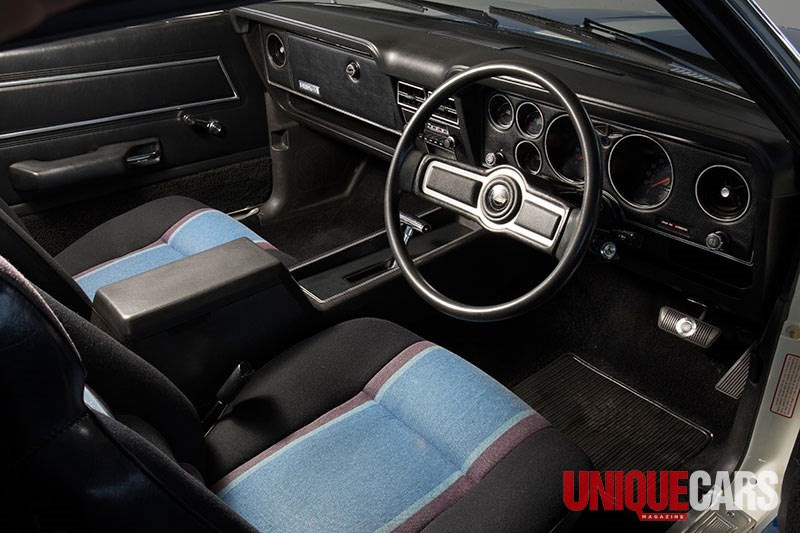


|

|

|

|

|

|

|

|

|

|

|

|

|

|

|

|

|

|

|

|

|

|

|

|

|

|

|

|

|

|

|
Two of the greats from GMH and Ford: Torana A9X & Falcon XC Cobra
Torana A9X & Falcon XC Cobra
MOUNTAIN MUSCLE
Win on Sunday, sell on Monday. No truer words have ever been spoken or written than for the great Australian Touring Car Championship battles, and fights for the loyalty of buyers in the 1970s and 1980s. It was a glorious era for Australian society, for Australian racing and for the Australian car industry.
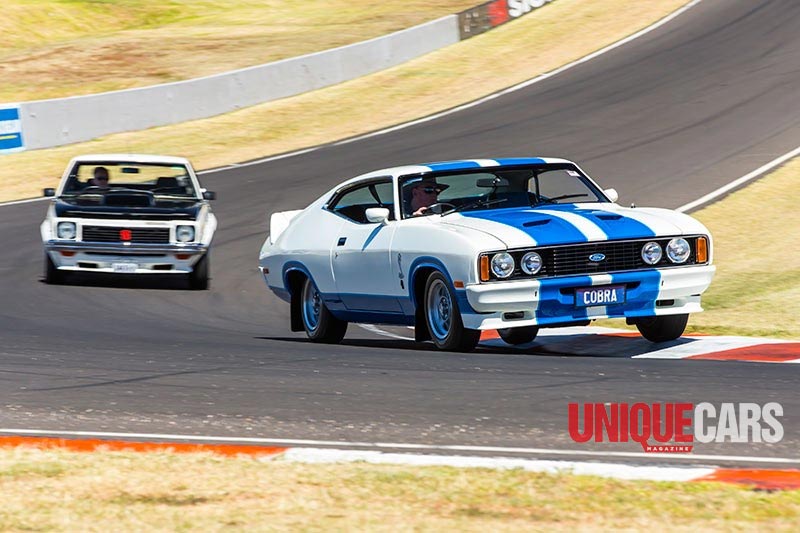
Just before the start of the decade, both Holden and Ford acquired V8 engines in their family car ranges and although inspired by American influences, the fresh and talented local styling teams were allowed by the parent companies in Detroit to do largely their own thing with the appearance of Australian cars. Among the results were Holden’s HK, then HQ Monaro and Ford’s awe-inspiring Falcon Hardtop. From studio to showroom, motorsport was an important part of the automotive landscape with the ‘win on Sunday, sell on Monday’ mantra resulting in lots of shiftin’ tin and happy grins.
Or did it? Some hints to the real answer to that question lie elsewhere in this article but there’s no doubt racing added to the showroom sizzle (if not the actual performance) of Australian cars, even if only in peoples’ minds. On our racetracks – and especially at Bathurst – it was Torana vs Falcon from the start with the decade-long battle beginning with Ford’s XW Falcon GT vs Holden’s then-new LC Holden Torana GTR XU-1 at Bathurst 1970, setting the scene for the 70s.
So it was Torana vs Falcon from the start, but by 1974 the 1960s US-based Falcon and UK Vauxhall Viva-based Torana had both been replaced by all-Australian efforts. Ford’s XA Falcon – Ford Australia’s first mainstream styling effort – was launched in 1972 and Holden’s LH Torana, a similarly ‘by Aussies, for Aussies’ effort came along in 1974.

These two models weren’t direct competition for buyers. The Holden Torana’s mid-sized foe was the Cortina, and the Falcon and Fairmont head-butted Holden’s Kingswood and Premier for the ‘Big Six’ and V8 marketplace that accounted for a big chunk of Australian new car sales. But it was a different story on the circuit, with these two models battling for the brands’ on-track honour, and the patronage of paying customers.
The two cars, circa 1978, represent the ultimate, the zenith of 1970s Australian performance for many Aussie muscle car enthusiasts. To many, these cars – and the 1970s in general – also represent the pinnacle of Australia’s industrial smarts that began just after WWII. Australians made their own cars and, in humming suburban factories, most of the parts that went into them. They made just about everything else too, from kids’ toys to bulldozers to washing machines – and put food on the table for hundreds of thousands of Aussie families.
These two models weren’t direct competition for buyers. The Holden Torana’s mid-sized foe was the Cortina, and the Falcon and Fairmont head-butted Holden’s Kingswood and Premier for the ‘Big Six’ and V8 marketplace that accounted for a big chunk of Australian new car sales. But it was a different story on the circuit, with these two models battling for the brands’ on-track honour, and the patronage of paying customers.

These two cars, circa 1978, represent the ultimate, the zenith of 1970s Australian performance for many Aussie muscle car enthusiasts. To many, these cars – and the 1970s in general – also represent the pinnacle of Australia’s industrial smarts that began just after WWII. Australians made their own cars and, in humming suburban factories, most of the parts that went into them. They made just about everything else too, from kids’ toys to bulldozers to washing machines – and put food on the table for hundreds of thousands of Aussie families.
These two-doors are both immaculate examples of the cars that remain seared into the hearts and minds of those car nuts old enough to remember them on tracks – and on our roads – in the 1970s. Many enthusiasts are too young to have seen these cars in their as-new glory and battling at tracks such as Sydney’s Amaroo and Oran Parks, Melbourne’s Sandown and Calder – or at the mighty Mount Panorama where we photographed the pair. Those that were around at the time usually offer up these legendary two-doors as being the best of the breed from that amazing era.
Ford’s Hardtop – famously conceived as a sketch on a serviette by Ford Australia stylist Brian Rossi – was launched several months after the XA Falcon sedan and wagon, and panel van and ute. Bigger and more brawny than Holden’s smoother, more gentle looking HQ Monaro, the Hardtop was available with engines from a 200ci/3.3-litre six to the mighty 351ci/5.8-litre V8 and was updated with the remainder of the Falcon/Fairmont range to XB and then XC specs.

The Cobra version of the hardtop shown here was the last in the line and for many it was the ultimate hardtop. A limited edition suggested to Ford Australia by Ford marketing executive Edsel Ford II, 400 were built with only the 4.9 and 5.8-litre V8s available. Although some Cobras had extras intended for racing such as a bonnet scoop and an oil cooler, the Cobra wasn’t a homologation special but the fitment of those extras allowed these ‘production’ components to be fitted to the track cars of Moffat, Bond et al. With two-door sales slumping – but with the famous 1-2 Hardtop win at Bathurst ’77 fresh in many buyers’ minds – the Cobra was a look-at-me car and a nice way to sell-off the last Hardtop panel sets as the new XD Falcon for 1979 wasn’t to include a coupe/hardtop. Holden had employed a similar successful ‘Limited Edition’ tactic with the gold-over-burgundy Holden LE a year or two earlier to move the last of its stocks of the two-door Monaro panel sets.
Holden’s Torana hatch arrived in ’76, for the LX series Torana/Sunbird. The LH Torana had included an L34 option pack to allow certain improved components to be approved (homologated) for racing. Focused on the engine, the L34 option also included wheel-arch flares and bigger wheels and brakes taken from the Kingswood parts bin, including its larger stud pattern.
In 1977, the A9X ‘Performance Equipment Pack’ made available in the LX series, added more significant changes intended to make the Torana an even better race car. It added to the hardware with rear discs, a stronger rear axle and changes to the suspension (adopting, but preceding, Holden’s RTS/Radial Tuned Suspension geometry) and steering. Some interior trim pieces were deleted. Where the 400 Cobras are remembered for their appearance, the A9X was an almost-secret option pack (arguably, with the under-body sheetmetal changes, it could have been considered a separate model) available on SLR5000 sedans and SS hatches. Although many enthusiasts recall the A9X as a hatch, most of the A9Xs produced were sedans (305) with the remaining 100 SS Hatches with, of course, the optional 5.0-litre V8.

Today, some enthusiasts decry that Ford ‘wasn’t allowed’ as many modifications as Holden, and use the A9X, with its myriad mechanical changes, as an example of their perceived non-parity. Others will discuss that Holden did what was required – including those mechanical changes/upgrades – to match the mighty Fords, with their larger-capacity engines and arguably stronger standard rear axles and more tunable suspension, when racing on Australian racetracks.
After Ford’s 1-2 Falcon victory in 1977, the Torana won in ’78 in ’79 with Peter Brock and Jim Richards at the wheel. In 1979, the Torana was on pole and led the race from start to finish, with Brock setting a new lap record on the very last lap the racing A9X Torana turned there, arm on the window sill.
For both Ford and Holden – and their enthusiasts – the 1970s represent a golden era of Aussie circuit racing. Cherish those memories. They may never be reprised.
NOT SO FAMOUS: TOYOTA COROLLAS
In keeping with the showroom theme, Bathurst in 1978 ran three classes, which allowed a huge range of machinery to strut its stuff. One was the Toyota Celica, which was on the road to becoming a household name.
Toyota Corollas ran around in the ‘baby’ classes every year until being joined by two Celicas for Bathurst 1978: Peter Williamson/Mike Quinn in an RA23 series Celica and the similar Jeff Harris/Doug Clark entry. This model – arguably the prettiest Celica ever – was an update of the first-gen Celica that had been on sale in Australia for seven years. The Toyota Celica wasn’t the company’s first sporting car but it was the first to have the mass-market appeal that the Japanese manufacturers (including Nissan with its 240Z) saw as being critical to growing international reputation and sales.
Williamson’s ’78 Bathurst entry, powered by the now-classic 18RG twin-cam four-cylinder engine, came second in Class C (up to 2-litre) and placed 11th outright.
It was a glorious effort and one which Toyota executives – Australian and Japanese – were keen to capitalise on. Toyota was committed to Australia and officially an Australian car manufacturer, not just importer or assembler as it had been under previous government tarriff plans. Earlier in 1978, the first Toyota engine made outside of Japan was produced at the company’s fresh new factory at Altona, Victoria, and a month after The Great Race, Toyota sold its 500,000th vehicle in Australia.
Williamson backed-up again in 1979, with the new larger and faster Celica and carrying the world’s first in-car camera that saw ‘TOYOTA’ beamed into millions of Aussie lounge rooms during Channel 7’s Bathurst broadcast. Williamson’s laconic in-car commentary as he raced around Bathurst dodging Camaros and keeping out of the way of the top-10 Toranas and Falcons caused him to became something of a legend himself. It was exactly what was needed to help shake off the ‘Jap Crap’ taunts of a thousand school kids.
Williamson’s efforts, and the focus on the Celica due to its carrying the Channel 7 in-car camera in 1979, put ‘Celica’ into a the minds of a lot of kids and was an invaluable brand-building exercise.
Case in point: does anyone remember that there was a Chrysler Scorpion?
SPECIFICATIONS
Torana A9X
Build dates 1977-78
Number built 405 (305 4-door, 100 2-door)
Body all-steel, integrated body/chassis 2 or 4-door coupe
Engine L31 5-litre V8 (up-spec L34 in race cars)
Power 161kW @ 4800rpm (@240kW in race cars)
Torque 400Nm @ 3100rpm
Performance 206km/h
Gearbox 4-speed manual
Suspension coils & wishbones (f); Live axle, coils & trailing arms (r)
Brakeds disc front/rear, power assisted
Price when new $10,600-10,800
Web A9Xclub.org.au
Ford XC Falcon Cobra
Build dates 1978
Number built 400
Body all-steel, integrated body/chassis 2-door coupe
Engine 351 (5.8lt) Cleveland or 302 (4.9lt) Cleveland
Power 162kW @ 4500rpm (351); 151kW @ 4800rpm (302)
Torque 429Nm @ 2700rpm; 364Nm @ 3000rpm
Performance @ 210km/h
Gearbox 4-speed manual or 3-speed auto
Suspension coils & wishbones (f); Live axle, leaf springs (r)
Brakes disc front/rear, power assisted
Price when new $10,400-plus
Web FalconCobraClubofaus.com
Unique Cars magazine Value Guides
Sell your car for free right here
Get your monthly fix of news, reviews and stories on the greatest cars and minds in the automotive world.
Subscribe

.jpg)








